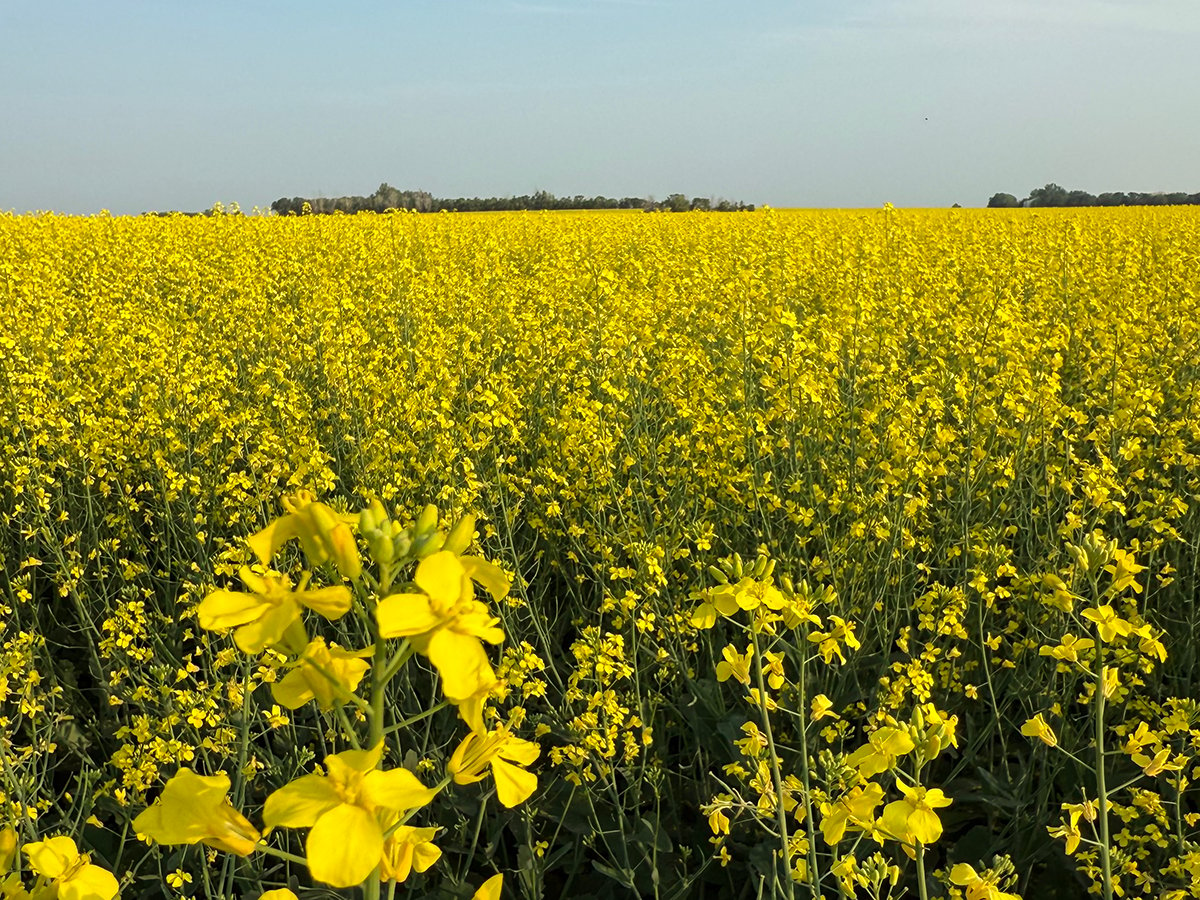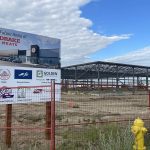An increasing number of farms are finding themselves in situations where they are considering a chief executive officer type application for their businesses.
The degree of formality of the actual position and its title varies from business to business, depending on size, complexity, and organizational preferences.
Potential roles and responsibilities of the CEO are summarized below.
Leadership
- Champions change related to the mission and vision
- Motivates family and team members
- Drives shareholder (or owner) value
- Manages succession.
- Establishes relationships within the community
Read Also

Canola support gets mixed response
A series of canola industry support measures announced by the federal government are being met with mixed reviews.
Vision
- Monitors industry developments, and looks for opportunities
- Manages and makes decisions
- Oversees operations and plans implementation
- Manages human resources.
- Manages investment and related financial performance
Risk
- Analyzes risk
- Develops and implements mitigation strategies
The accompanying illustration looks at how the management role develops as it advances through its lifecycle.
In early career, the farmer provides all labour and management to the operation.
As the business evolves, the farmer takes on the role of teacher because there are now employees (or family members) who provide some of the labour.
The role advances to the point where the function more closely resembles that of a manager. This is the most common, and at the same time challenging, situation farmers find themselves in.
It is challenging in that many farmers find it difficult to fully engage as managers, requiring more time spent in the office and less time in the field.
The difference between the leader and manager function is subtle and can best be described by looking at the actions of the people who provide the labour.
Where a farmer is functioning as a manager, the people providing the labour will do so because they’ve been told what to do.
As a leader, the people providing the labour do so because they want to. They’ve embraced the vision and plan as presented by the leader.
It is increasingly difficult to advance through the phases of management evolution but but at each step the farm become more effective.
Employees working with a leader versus a manager are generally more productive.
For example, on a farm, more care will be given to production details resulting in better yields. There will be less down-time due to equipment breakdown, and improved employee retention.
Clearly, leadership can be attained without the formality of the CEO title. The title alone will not get the desired results. The farmer has to ‘walk the talk’.
However, where there is motivation to formalize the position, the first thing is to develop a detailed position description and communicate it to the appropriate people.
There can be challenges in situations where there are partners (husband/wife, brothers) involved. Who should be the CEO? How will the decision be made?
When there are multiple partners, a specific and/or limited CEO role that best represents the needs of the farm is one option.
Another option is rotation where one partner is CEO for a couple of years, with another partner then assuming the responsibilities.
Often, people will decide they don’t want to take on the position as it will require, depending on the description, some change in what they do on a day-to-day basis; in other words, less time in the field.
The CEO function can also be effective in succession planning.
A senior family member can take on the CEO position and transfer managerial and operational duties to the incoming generation.
This provides opportunity for the next generation to assume some responsibility and autonomy. It also creates a structure that can endure the full transition when the senior member fully retires.
There are courses or workshops that provide instruction and training in leadership.
This may be a useful first step in a longer term plan to develop the CEO position on a farm.














